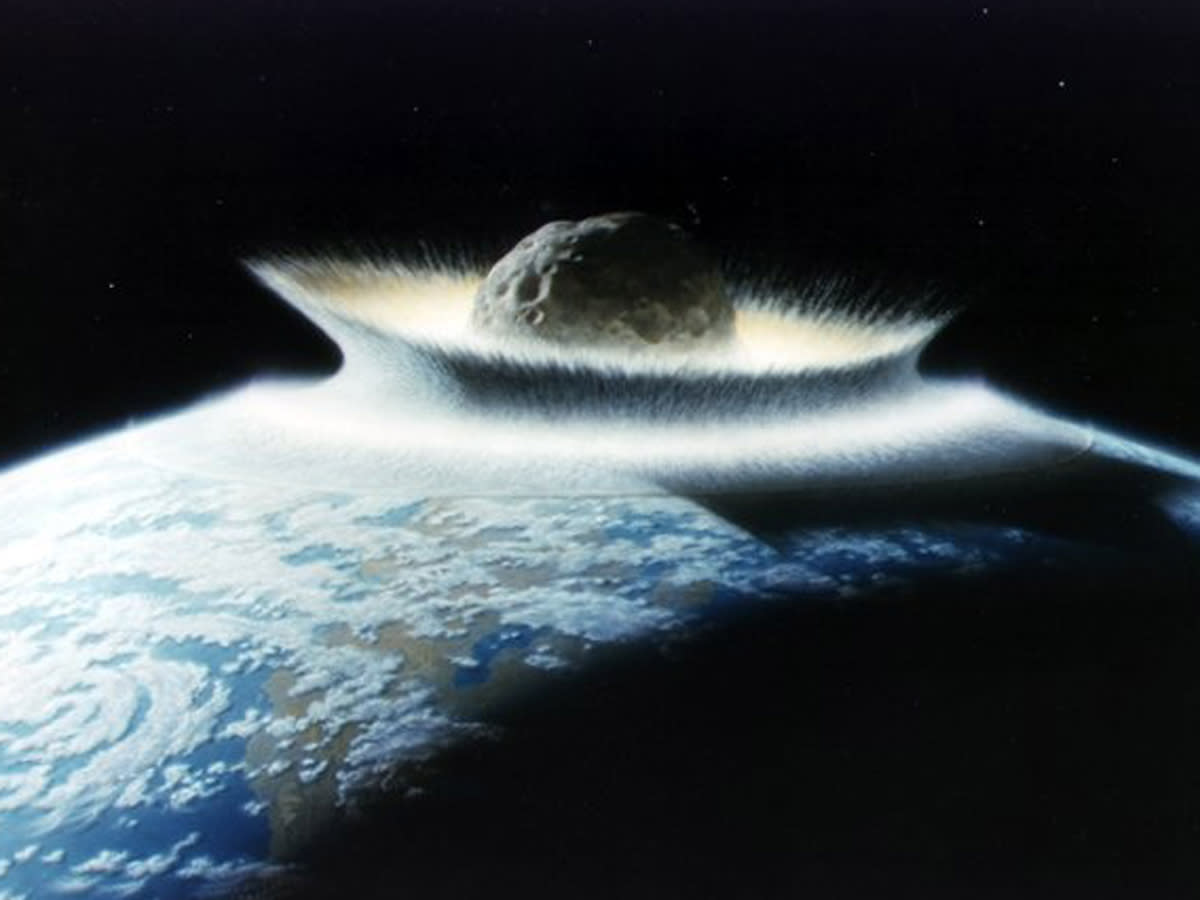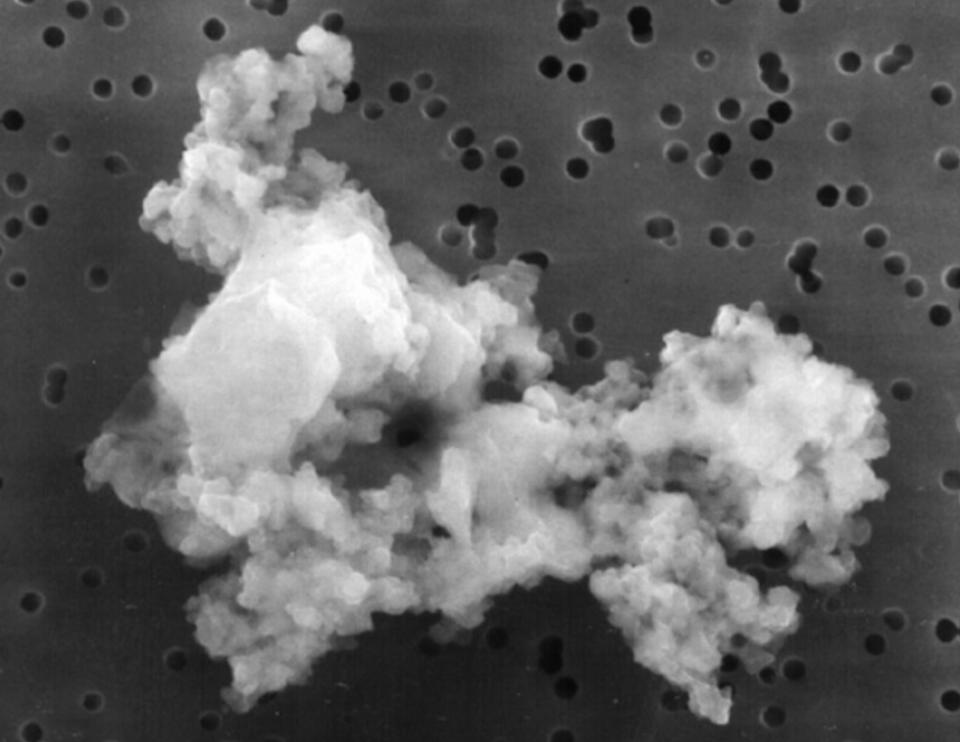Space dust could carry alien life across the galaxy, study suggests

Astrobiologists should examine space dust and other exoplanetary debris to search for the existence of life beyond Earth, a new study suggests.
Up to 100,000 pieces of life-carrying dust particles could be making their way to Earth every year, according to the study, which was authored by Tomonori Totani, an astronomy professor at the University of Tokyo.
When a big asteroid slams into a planet, the impact can have cosmic repercussions — just ask the dinosaurs. (Or don't; they're extinct, killed off by a space rock that hit Earth 66 million years ago.) These cataclysmic collisions can create hemisphere-size craters and spread debris across entire planets and out into interstellar space.
Related: The search for alien life (reference)

In the new paper, which was published online Wednesday (March 22) in the International Journal of Astrobiology, Totani argues that the debris ejected into space from a large enough impact on a life-inhabited planet could carry evidence of that life out into space with it.
Theoretically, fossilized microorganisms or other indications of life could be preserved on planetary ejecta as they careen away from their home planet, pending their survival through the harsh environment of outer space. Some of these debris particles could find their way to the surfaces of other life-sustaining planets, like Earth, where they could potentially establish a foothold — or, perhaps, be studied for evidence of alien life.
This idea is similar in some respects to the panspermia hypothesis, which presumes life is ubiquitous and is proliferated throughout the galaxy from one planetary body to another. Totani cites this near the beginning of his paper, alongside the observation that Mars meteorites have been found here on Earth. "My paper explores this idea using available data on the different aspects of this scenario," Totani said in a press release.
Not all debris from an exoplanet can be ejected with enough velocity that it not only escapes the gravity of its planet but also that planet's host star; rather, escapees must be tiny. Totani calculates that fragments around one micrometer (one one-thousandth of a millimeter) wide would be big enough to host something like a single-celled organism, and small enough to reach interstellar speeds.
Related stories:
— The Fermi Paradox: Where are all the aliens?
— Surprising newfound ocean bacteria could aid search for alien life
— Bad news for alien life? Even calm red dwarf stars rage more violently than the sun
"The distances and times involved can be vast, and both reduce the chance any ejecta containing life signs from another world could even reach us," Totani said. "Add to that the number of phenomena in space that can destroy small objects due to heat or radiation, and the chances get even lower."
Despite the odds, however, Totani's calculations show that up to 100,000 such pieces of space dust might possibly land on Earth each year, and may be present and well-preserved within Antarctic ice or on the seafloor.
Those specimens may be relatively easy to recover, compared to space dust with evidence of microbial life still floating around in space. But that latter scenario isn't impossible either.
"Discerning extrasolar material from material originating in our own solar system is still a complex matter," the press release states, but also points out that aerogel technologies that capture space dust exist today.
Both the paper and the press release conclude with Totani urging scientists in adjacent fields to pick up this research and explore the possibilities it may add to the search for life outside our solar system.
Follow us on Twitter @Spacedotcom and on Facebook.

